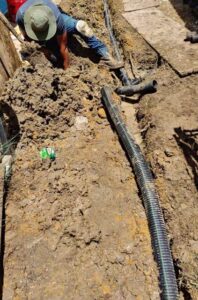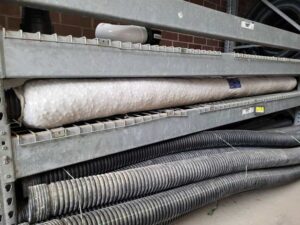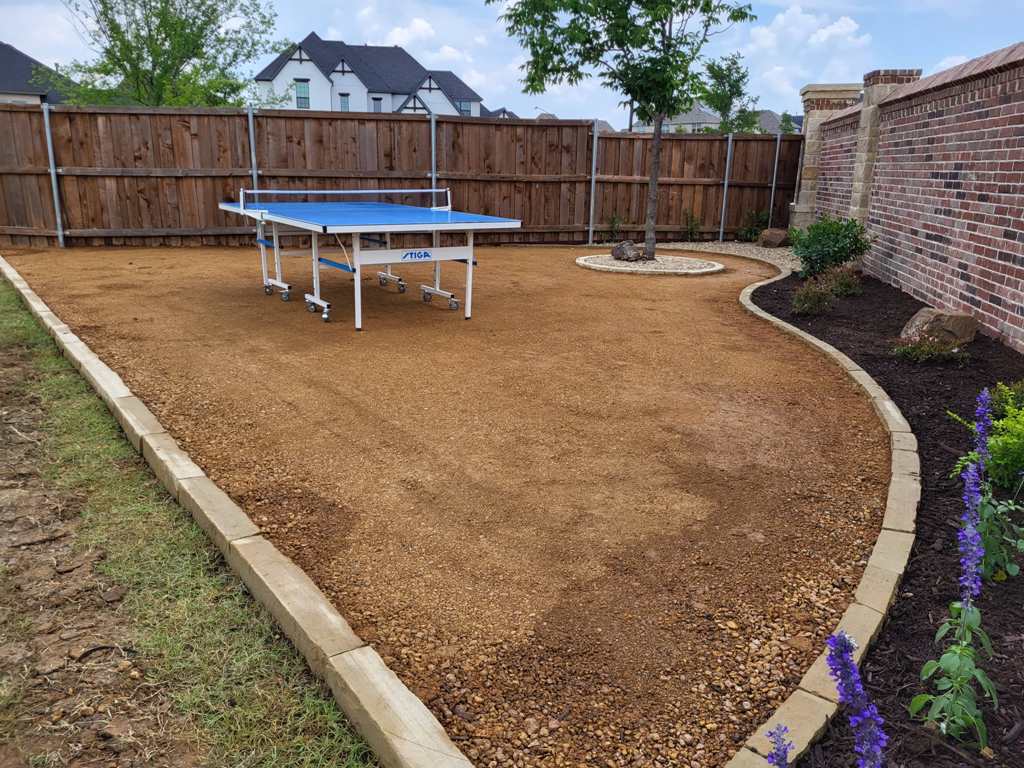
solvida
Landscape Drainage Solutions for North Texas
Most of the residential properties in North Texas have been built in planned developments with neighboring homes on all sides. While engineers have carefully planned for water to drain away from your home, they would have done the same for your neighbors, resulting in poor drainage between the homes. At some point, most residents will need to implement a landscape drainage solution for their North Texas home.
Subsurface Drainage Systems
Subsurface drainage systems refer to drainage systems that have been installed under the ground. These systems are designed to capture water, carry it under the ground, and direct it somewhere else.
Traditional French Drain
A traditional french drain is a combination system of both perforated pipe (which allows for water collection) and a wrapped layer of gravel and fabric (which prevents soil and debris from clogging the pipe). A french drain is the best drainage solution for water pooling in large areas.
Prefabricated French Drain
A prefabricated french drain is a preassembled, ready-to-install system. Their function is exactly the same as a traditional french drain, but they come in preassembled sections of slotted drainpipe surrounded by poly-rock gravel and geotextile fabric. This system is much lighter and easier to install.
Underground Drainpipe
When the source of your drainage problem comes from specific areas, such as downspouts or very low parts of the yard where sod is installed, you can bury an underground drain pipe to funnel your water to a better location. Gutter downspouts can be buried, and catch basins can be installed in low spots, both connected to a common underground drainpipe that is solid (non-perforated). This pipe can be directed to a better location and deposit the water using a pop-up emitter or a curb drain.
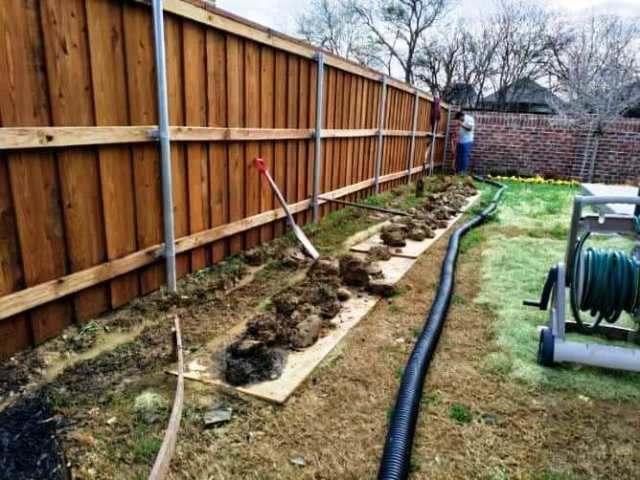
Slope Drainage Systems
Slope drainage systems are typically a temporary drainage solution. Making use of natural slope and gravity, a flexible, non-perforated drainage pipe can be attached to a stormwater source and used to direct the water to a new location. A slope drainage pipe is commonly attached to downspouts, which empty directly into a garden bed. Rather than burying the downspout, you can attach a slope drainage pipe to the bottom of the downspout and run the pipe away from the flower beds and front yard landscaping.
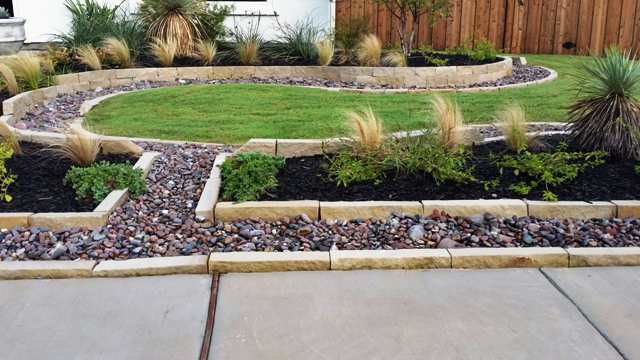
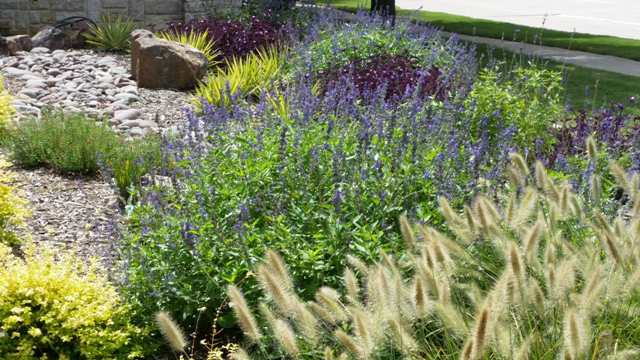
Surface Drainage Systems
You can also solve many of your drainage problems above ground by manipulating how water flows.
Yard Grading
The grade or slope of your yard should have been designed specifically to keep water moving away from the foundation of the home. Using the same idea, you can grade your yard by adding and removing soil to direct water where you want it to go.
Dry Creek Bed
One of the most eye-catching ways to naturally direct water is to install a dry creek bed, which serves as a channel for water flow. Simply dig a shallow trench sloping downward from the area where water pools, line it with sturdy landscaping fabric, and then install larger rocks along the edges and smaller rocks inside the trench.
Gravel Pathways
Homeowners tend to battle drainage issues most often in their side yards. These tend to be long and narrow sections of property that get little sunlight and capture a lot of water. As it connects the front to the backyard, the side yard is a natural choice for pathways. A wonderful way to give new function to this space and solve drainage issues would be to install a gravel pathway.
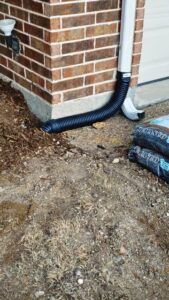
Gutter Drainage Systems
The most significant drainage system in your home will be your gutter drainage system. The gutters on your home are designed to capture rainwater and funnel it away from the home. However, you might need to adjust where the gutters deposit stormwater. Using gutter downspout adapters, diverters, and extensions, you can customize how your gutter system distributes rainwater. Gutter drainage systems can ultimately feed into additional drainage solutions such as rain barrels, catch basins, and subsurface drainage lines.
How can I get my yard to drain more water?
Over time, your lawn will absorb less water due to a buildup of debris and compacted soils. We recommend regularly aerating your lawn to improve soil compaction. North Texas is well known for its clay soil. Lawn aeration will help your yard drain more water by opening up compacted soils to provide better water absorption and improved drainage.
How does gravel help with drainage?
When compared to our clay soil, which provides very little absorption and slows water flow, installing gravel helps with drainage by creating a void that allows water to flow faster.
Can you regrade your own yard to improve drainage?
In smaller yards, yes, you can certainly regrade your own yard and improve drainage. Keep in mind that water should always be directed away from your foundation. Most small DIY yard grading projects can be done with a shovel, rake, and topsoil.
How do I know if I have a drainage problem in my yard?
If you frequently see standing water in the lawn, soil erosion, or bare spots where the sod no longer grows, you likely have a drainage problem. It’s important to first check that it isn’t your sprinkler system that needs repair prior to implementing any landscape drainage corrections.
